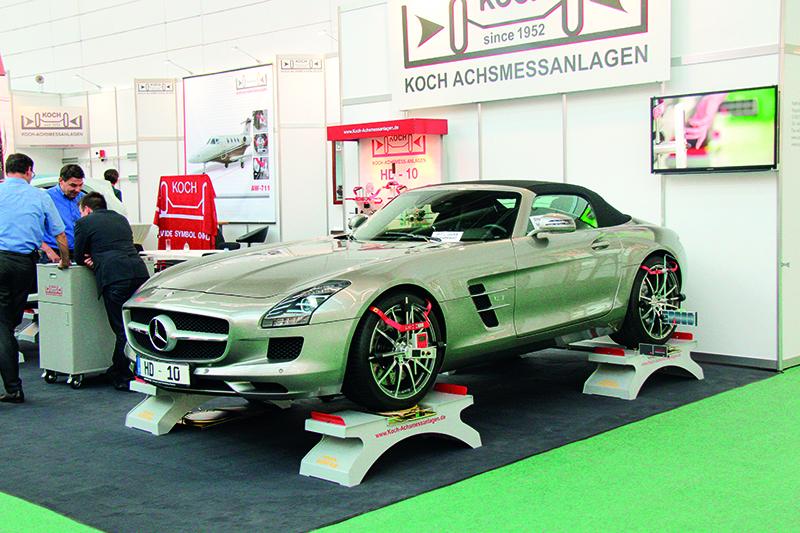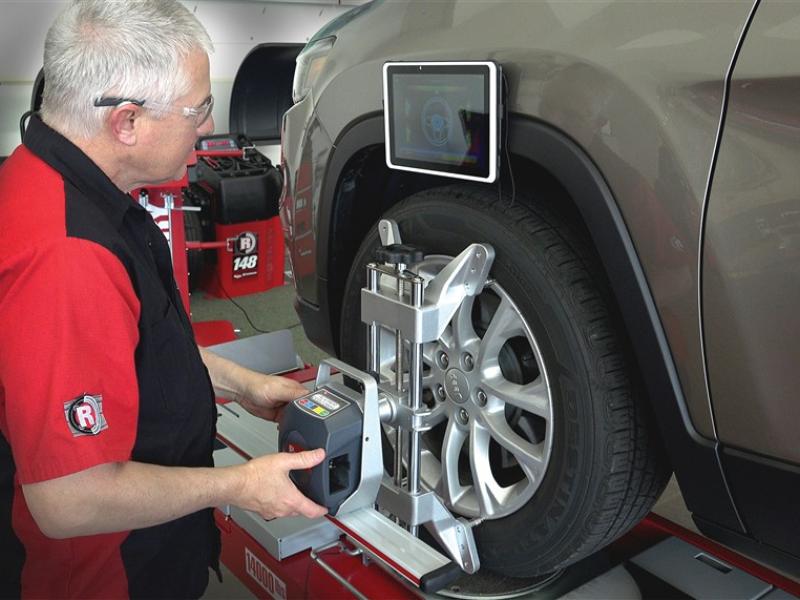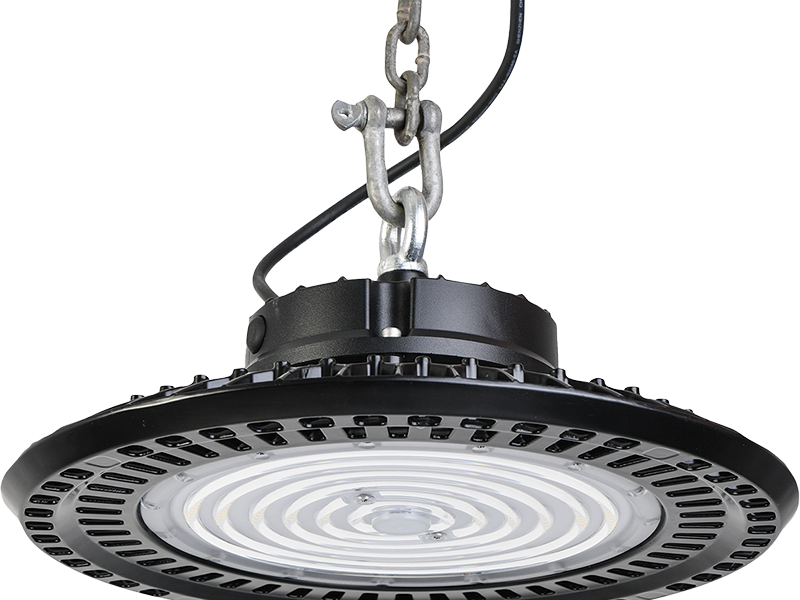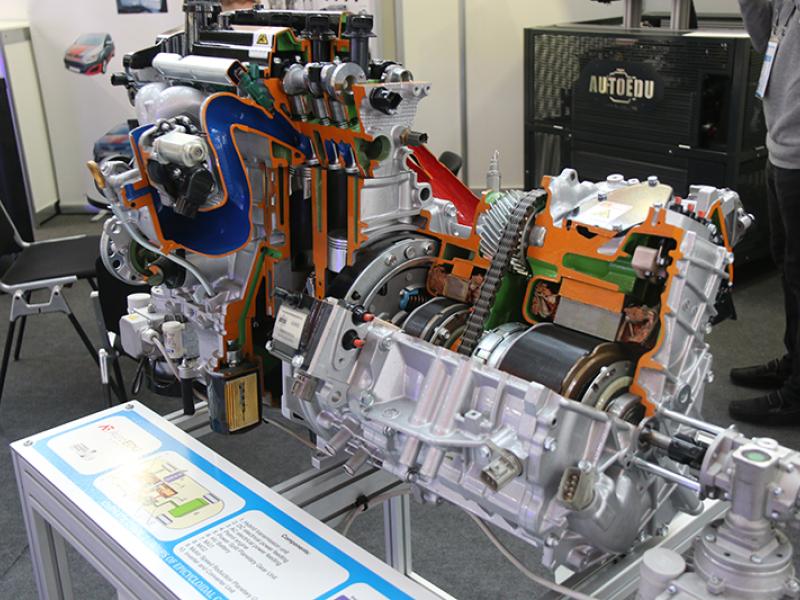Whilst tyre fitting and balancing have seen some improvements around automation, wheel alignment technology has seen rapid technological advances with more coming down the pipeline.
In the early history of the Automobile wheel alignment was very basic with string lines and chalk marks, in the 1960s we started to see what would still be recognised as “modern” wheel alignment technology. This was a very mechanical process with wheel mounted lights focussing on wall mounted targets initially in a static configuration and then moving to dynamic where adjustments could be made without moving the vehicle and while the wheels were turning. In the 1980s these were linked to a CRT display to provide a more visual representation and then to PCs in the 1990s – this allowed the storing of vehicle data and faster processing. The hardware and software kept upgrading over the years to reduce size, increase accuracy and processing speed including a move to laser light sources.
The next big advance was the move to 3D alignment. Instead of lights on the wheels and fixed targets this turns things on their head, having advanced camera technology on the wheels to create an advanced three-dimensional model of the alignment and the cars suspension that can be digitally represented. This significantly improves precision and diagnostic capabilities for the system and allows more detailed and comprehensive adjustments to be made. Additionally, there is a significant time saving in the alignment process and the ability to produce detailed reports at the touch of a button.
The sophisticated cameras and sensors work in real-time and can be combined with a variety of software algorithms to analyse the data and generate the alignment adjustments required. Whilst these systems are expensive, they provide significant advantages. OEM’s now require 3D alignment for their manufacturing and servicing. Due to the technology there is also a reasonable amount of training required to best utilise the systems.
Moving forward we will likely see the incorporation of AI (Artificial Intelligence) and IOT (Internet of Things) technology into wheel alignment, the former will aid in interpreting the masses of data and suggesting areas to change or check whilst the latter will provide remote monitoring or even control of the systems.
Maybe one day we will even see the vehicles own diagnostic systems preform the wheel alignment data gathering themselves as manufacturers keep adding sensors to the vehicle, with AI systems the vehicle itself could sense misalignment in real time and send the data to the vehicle’s app or directly to the service centre, fortunately a human being will still be needed to make the actual adjustments!






